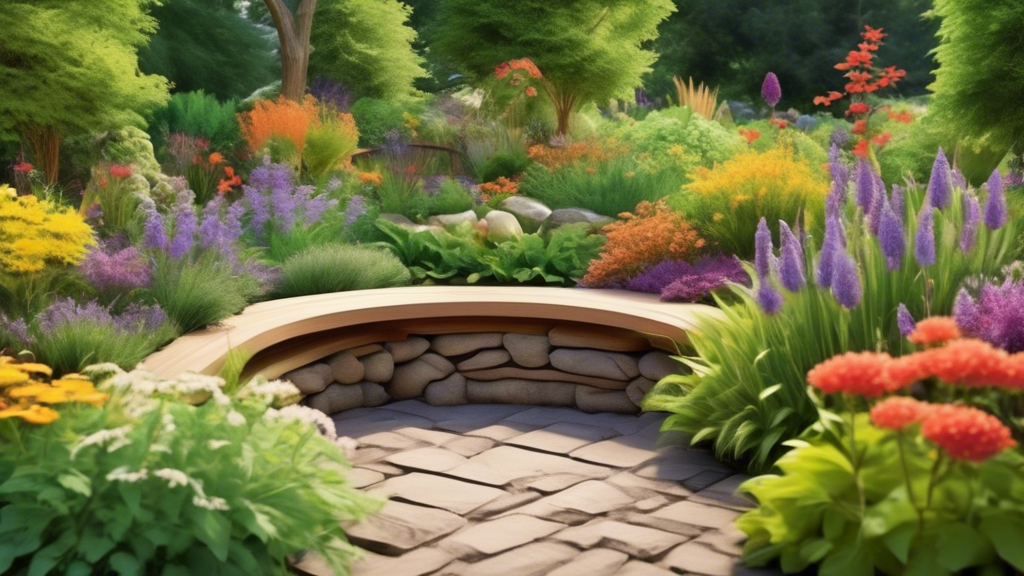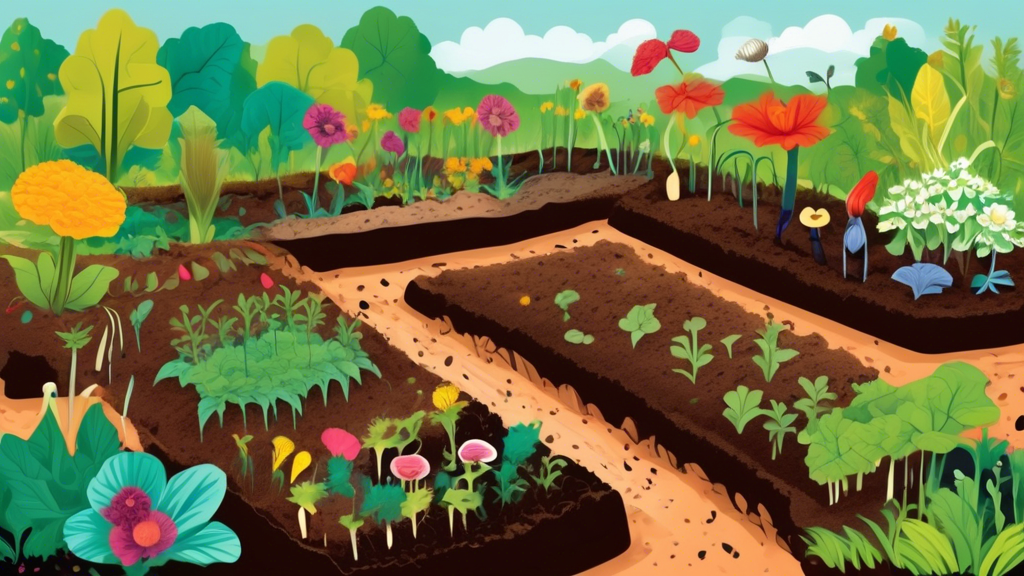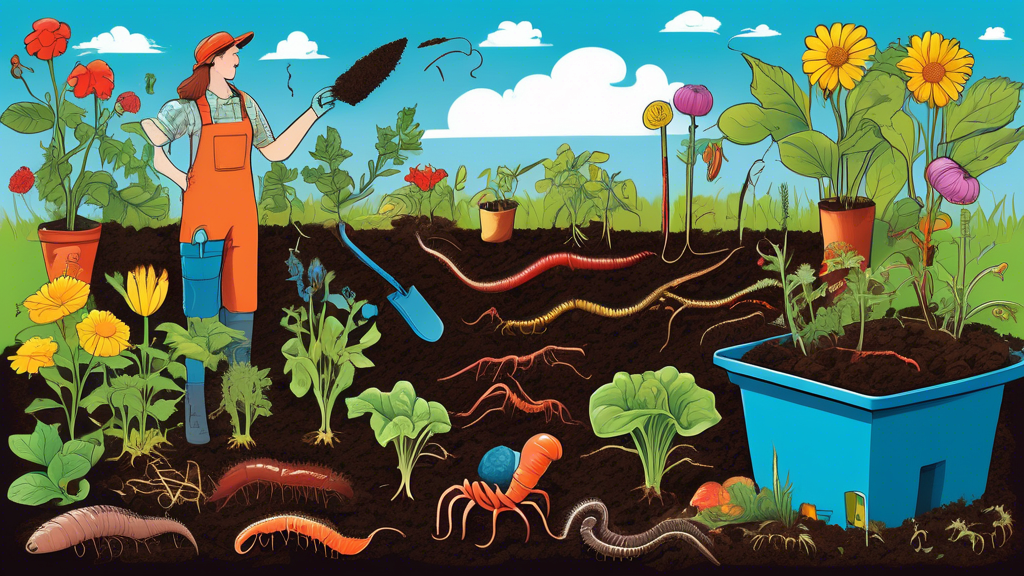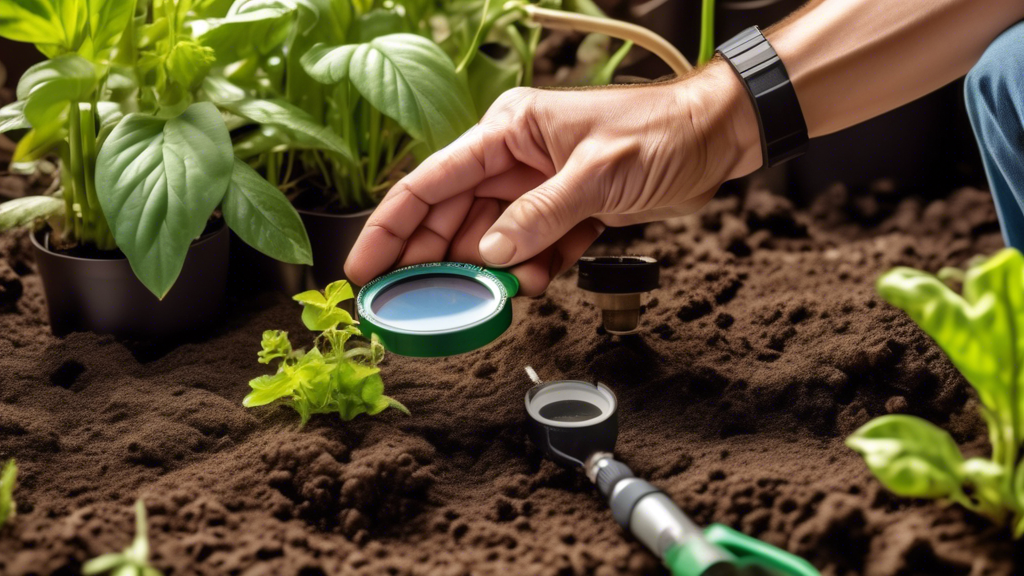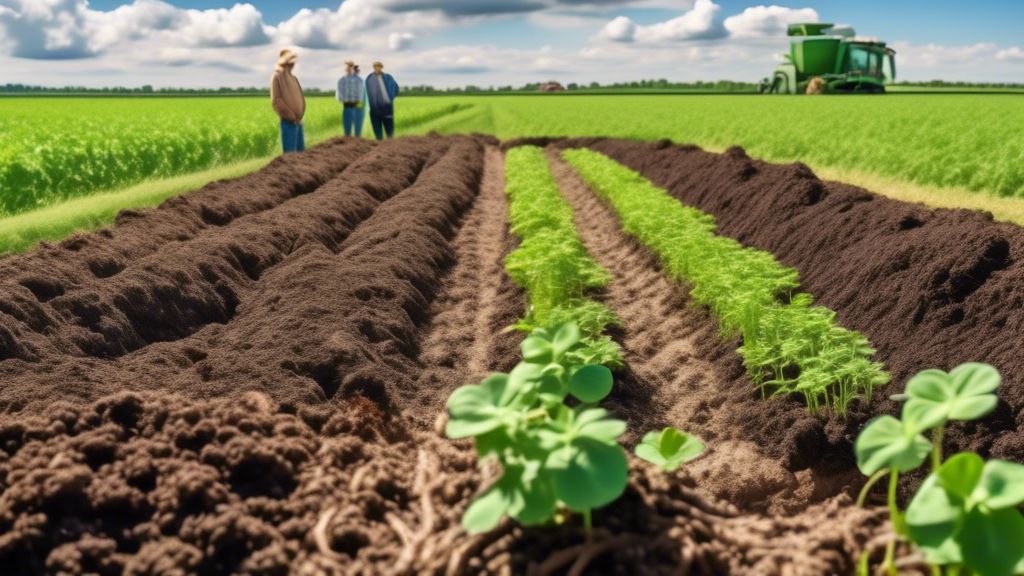
Understanding the “Why”: The Core Principles of Xeriscaping
What is Xeriscaping? (It’s Not “Zero-Scaping”)
Xeriscaping is the practice of designing landscapes to reduce or eliminate the need for supplemental irrigation. It’s a holistic approach focused on water conservation through smart planning and plant selection. A common misconception is that it results in a barren yard of just rocks and cactus, but a well-executed xeriscape can be lush, colorful, and incredibly diverse.
The Challenges of a Water-Intensive Garden
Traditional gardens often come with a host of problems, especially in arid climates.
- Sky-High Water Bills: The financial cost of keeping a conventional lawn and thirsty plants alive can be staggering.
- Constant Maintenance: Significant time is spent on watering, mowing, and nursing plants stressed by heat and drought.
- Plant Loss and Frustration: There’s nothing more disheartening than watching prized plants wilt and die during water restrictions or a heatwave.
- Environmental Impact: These gardens place an unsustainable strain on local reservoirs and aquifers.
The Blueprint: A Step-by-Step Guide to Your Garden Design
Step 1: Analyze Your Site and Soil
Before you plant a single thing, spend time observing your yard. Map the sun and shade patterns throughout the day. More importantly, understand your soil type. Sandy soil drains too quickly, while clay soil holds water but can become hard and impermeable. Amending your soil with compost is a critical first step, as it improves water retention and provides vital nutrients.
Step 2: Plan for Hydrozoning (The Secret to Smart Planting)
This is the most crucial and often overlooked step. Hydrozoning involves grouping plants with similar water, sun, and soil needs together in distinct areas. This prevents the common mistake of overwatering drought-tolerant plants just to satisfy one thirsty specimen. Designate zones in your garden as “high,” “moderate,” and “low” water use to maximize efficiency.
Step 3: Selecting the Right Plants: Drought-Tolerant Champions
Your plant choices are the heart of your garden. Prioritize native plants, as they are naturally adapted to your local rainfall and soil conditions. Don’t overlook the wide variety of “Mediterranean” plants like lavender, rosemary, and sage, which are built for hot, dry summers. Ornamental grasses and many perennials also offer stunning, low-water options.
| Category | Plant Examples | Key Characteristics |
|---|---|---|
| Native Perennials | Blanket Flower, Coneflower, Yarrow | Adapted to local climate, support pollinators |
| Mediterranean Herbs | Lavender, Rosemary, Thyme | Aromatic, woody stems, love full sun |
| Ornamental Grasses | Blue Fescue, Fountain Grass, Maiden Grass | Adds movement and texture, very resilient |
| Succulents & Cacti | Sedum, Agave, Sempervivum | Store water in leaves, unique forms |
Beyond Plants: Hardscaping and Soil Management
The Power of Mulch: Your Garden’s Best Friend
A layer of mulch is a simple, highly effective tool. It suppresses weeds, regulates soil temperature, and, most importantly, drastically reduces water evaporation from the soil surface.
| Mulch Type | Best For | Pros & Cons |
|---|---|---|
| Wood Chips/Bark | Planting beds, around trees | Pros: Improves soil as it decomposes, natural look. Cons: Needs replenishing. |
| Gravel/Stone | Pathways, succulent gardens, modern designs | Pros: Permanent, excellent drainage. Cons: Can heat up in full sun. |
| Straw/Pine Needles | Vegetable gardens, acidic soil plants | Pros: Inexpensive, light. Cons: Less decorative, can blow away. |
Efficient Watering Systems: Ditch the Sprinkler
How you water is as important as how much you water. Traditional sprinklers are inefficient, losing much of their output to evaporation and wind.
- Sprinkler Systems: Best for large, flat lawns. Inefficient for mixed beds due to overspray and evaporation.
- Drip Irrigation: Delivers water slowly and directly to the root zone of each plant. This method can reduce water use by 30-50% and is the gold standard for drought-resistant gardens.
Drought-Tolerant Garden vs. Conventional Lawn: A Side-by-Side Comparison
| Aspect | Conventional Lawn | Drought-Resistant Garden |
|---|---|---|
| Water Usage | Typically requires 1-2 inches of water per week, often from irrigation. | Thrives on significantly less, often just natural rainfall after the establishment period. |
| Maintenance & Time | High: Weekly mowing, frequent watering, fertilizing, and weeding. | Low: Occasional weeding, seasonal pruning, and minimal watering. |
| Environmental Impact | Often requires chemical fertilizers/pesticides, provides little habitat, high water footprint. | Supports pollinators (bees, butterflies), promotes a healthy ecosystem, conserves water. |
| Unique Insight: Soil Biology | Frequent watering and chemicals can harm beneficial soil fungi and microbes. | Healthy, un-disturbed soil fosters mycorrhizal networks—a “wood wide web” that helps plants share water and nutrients. |
Frequently Asked Questions (FAQs) About Drought-Resistant Gardens
Does a drought-resistant garden mean I can only use cactus and rocks?
Answer: Not at all! While succulents and cacti are excellent choices, there is a vast and beautiful palette of flowering perennials, shrubs, grasses, and even some bulbs that are highly drought-tolerant. The key is intelligent design and plant selection, not limitation.
How long does it take for a drought-resistant garden to become established?
Answer: The first one to two years are the most critical. During this establishment period, you will need to water new plants regularly to encourage them to develop deep, robust root systems. Once established, these deep roots will allow the plants to access subsurface water, making them remarkably self-sufficient.
Is it more expensive to install a drought-resistant garden?
Answer: There can be upfront costs for soil amendment, a drip irrigation system, and plants. However, this is an investment with a rapid return. You will see significant savings on your water bills within the first few seasons, and reduced maintenance means savings in both time and money for lawn care services, fertilizers, and replacements for failed plants.
Can I incorporate a lawn into a drought-resistant design?
Answer: Yes, you can be strategic. Instead of a vast, thirsty lawn, use a small, functional area of drought-tolerant turf grass (such as Buffalo Grass or a fine Fescue blend). Place this “area rug” of lawn where it will be used for play or recreation and keep it completely separate from your low-water planting zones.
Designing a drought-resistant garden for low-water environments is a powerful step toward a more sustainable and manageable landscape. It’s a proactive choice that saves a precious resource, reduces your workload, and creates a beautiful, resilient ecosystem right in your own backyard. By following these principles, you can transform your outdoor space into a water-wise oasis that thrives for years to come.

